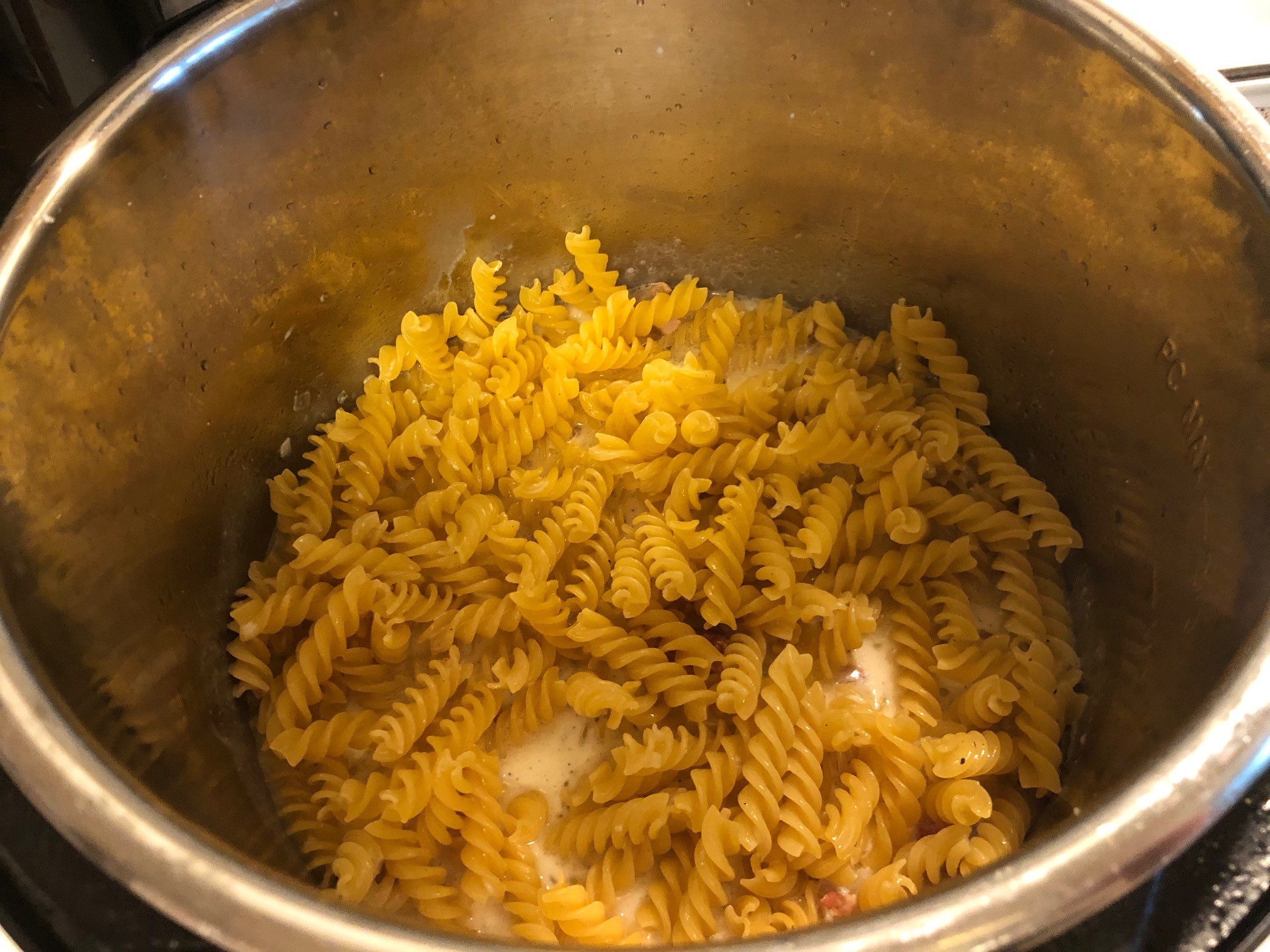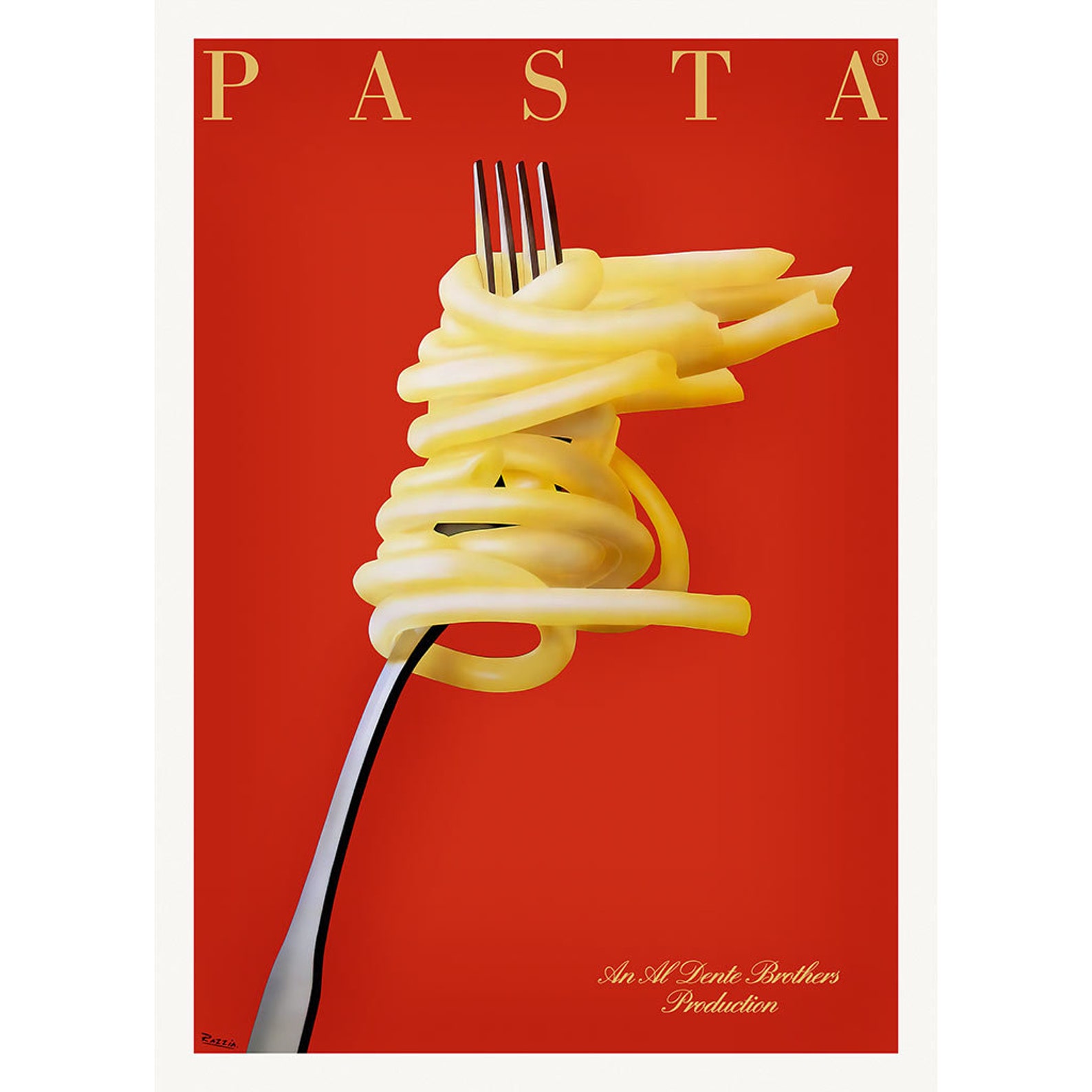

You also run the risk of getting pasta stuck to the bottom of the pot if it isn't big enough.ĭon't get impatient when the water is just at a slow champagne-bubble simmer! A full "rolling" boil is obvious when you see it - it's the hottest that water will get, with large bubbles vigorously rising to the surface and bursting. If there isn't enough room, noodles inevitably stick together, and those pieces will cook at a slower rate. Giada always tells us, "pasta needs room to swim" - so if you cook pasta often, it's worth getting a big enough pot so that there's space for water to circulate between the noodles.
#PENNE PASTA AL DENTE TIME HOW TO#
Who would have thought? So, here's how to reap all those flavor, texture and nutritional benefits! Overcooked pasta can block up your digestion, while a perfect al dente is digested more gradually - which prevents spikes in blood sugar. When pasta is slightly undercooked, the grains of starch get hydrated by the water without, all getting released away into the pot. Lastly, there's actually a nutritional reason behind al dente pasta as well. A bite of mush is, quite frankly, not as satisfying! Chewy, and firm enough to stand up to all sauces, ragus and veggies you may be serving it with - that's the goal. Secondly, from a taste and texture perspective, pasta is simply meant to have some bite to it. Cooking the pasta until al dente ensures that it won't turn to mush during this phase (and if you're going to be cooking the pasta al forno (aka, in the oven) you may want to cook it even less!) First and most importantly, most recipes require further cooking of the pasta in a sauce. Essentially, it means the pasta is just slightly undercooked in the center. There are three main purposes for cooking pasta this way. Virtually every pasta recipe by Giada mentions "al dente," but what does it really mean? It translates to "to the tooth," and it describes pasta that still has a firm bite. Giada has already given us her helpful do's and don't's for cooking pasta, but we're going to take it a step further by explaining just how to ensure you cook that pasta perfectly al dente - and no, it does not include throwing your spaghetti on the wall! (If it actually sticks to the wall, it's overcooked!) Cooking pasta is a very simple culinary task, but there is a lot of nuance in each of those steps.

For more tender pasta, wait until there is no white uncooked core showing.Cooking pasta to that perfect al dente is simple - just follow these easy tips!īoil water. Perfectly al dente pasta will be slightly chewy with a small, uncooked core at the center.

The best way to tell when you should drain your pasta is by tasting it.
#PENNE PASTA AL DENTE TIME MAC#
However, though many Italian recipes call for al dente pasta, certain dishes – like a big pot of comforting mac and cheese – do well with fully-cooked pasta.

Keeping the water rapidly boiling will help this process too, as the movement of the water keeps the pasta pieces from sticking together and helps with the overall execution of your pasta dish.ĭepending on what you’re making, you might come across instructions to cook the pasta “al dente.” This common phrase translates to “to the tooth” and refers to pasta that is slightly undercooked but still edible. Always keep a watchful eye on your pasta and stir it often. But, hold it right there! Pasta can and will stick to the bottom of the pot if you don’t stir it frequently. For example, more rigid kinds of pasta, like penne, will require a longer cooking time than spaghetti or elbow macaroni, and if you prefer wheat pasta, be prepared to spend 2 to 4 more minutes cooking it than traditional enriched pasta.Īfter you’ve prepared your large, uncovered pot of boiling water, you might make the mistake of dumping in the uncooked noodles and leaving them be. Different shapes and sizes of pasta will cook in different amounts of time. Fresh pasta will cook more quickly than dried pasta. You might assume that all pasta will roughly follow the same cooking timeframe – but that is far from the truth. Recognize that not all pasta will cook the same. So, what arsenal of tools do you need to make a heavenly plate of indulgent pasta? Not much, really, other than these suggestions below! Check them out to get started. Red sauce, white sauce, or no sauce, you want the consistency and texture of the pasta to be perfect every time. Simple, yet complex, this Italian favorite can be concocted in a multitude of ways. One meal we know that your family absolutely adores time and again is pasta.


 0 kommentar(er)
0 kommentar(er)
